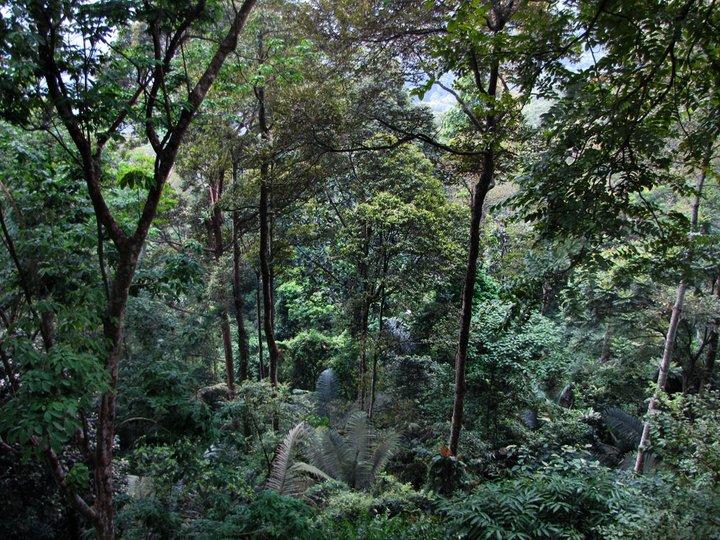To sustain timber yields in Asian forests genetic issues must be addressed

Forestry experts at Bioversity International and the Forest Research Institute of Malaysia call attention to the impacts of logging on the genetic diversity of timber trees in Asian forests, and its effects on timber production.
Forestry experts at Bioversity International and the Forest Research Institute of Malaysia call attention to the impacts of logging on the genetic diversity of timber trees in Asian forests, and how this can affect timber production. A recent review shows that logging reduces the density and population size of harvested tree species, which affects their reproductive success. Contrary to what is often assumed, genetic diversity can be lost after even one logging event.
Most of the logging in natural forests of Southeast Asia occurs in the commercially valuable mixed dipterocarp forests. Dipterocarp trees are a large and diverse family of tropical hardwood trees that are long-lived and can grow to exceptional sizes.
Little guidance is available to forest managers on maintaining viable populations of timber species in production forests which is increasingly becoming an issue for timber producers as well as geneticists. Harvesting of tropical dipterocarps typically involves removal of trees after they reach a minimum size. This often results in the systematic logging of the largest and most fruitful trees, thus reducing the rate of seed production and increasing the risk of inbreeding and diversity loss; inbreeding reduces seedling survival, and loss of diversity makes seedlings less able to adapt to environmental changes, pests and diseases.
In 'Integrating genetic factors into management of tropical Asian production forests: a review of current knowledge', the authors from Bioversity International and the Forest Research Institute of Malaysia reviewed the current state of knowledge regarding logging and genetic processes in tropical Asian tree species. They sought to find foundations for developing practical guidelines to manage impacts and to identify research needs.
Several studies revealed that the loss of genetic diversity was still evident decades after a single logging event. This suggests that in species in which pollen or seed dispersal, or both, are limited, genetic diversity might not be easily restored through geneflow from surrounding forests, which is contrary to what is often assumed in forestry practices.
They showed that loss of genetic diversity was more common in fragmented forests, where patches of trees are separated, than in logged tree populations. In part this may reflect the fact that fragmentation occurred as long as 100 years ago, so the effects had been compounded over time. This suggests that negative genetic impacts of logging will become more severe during subsequent cutting cycles as well as in smaller patches of production forests.
What can forest managers do to maintain productivity and resilience of timber tree populations and what can policymakers do to raise awareness of the risk of inbreeding and loss of genetic diversity of timber tree species in production forests? Bioversity International and Forest Research Institute of Malaysia address these questions in a set of guidelines.
Recommendations for policymakers include the induction of maximum diameter cutting limits and increased support for the development and use of species-specific harvesting guidelines. According to the researchers, forest managers play an essential role in monitoring the number, distribution and diameter of different tree species before logging and in order to facilitate this, forest botanists should be welcomed as part of field inventory teams.
The study was funded by the governments of Malaysia and Finland and by the CGIAR Research Program on Forests, Trees and Agroforestry.
